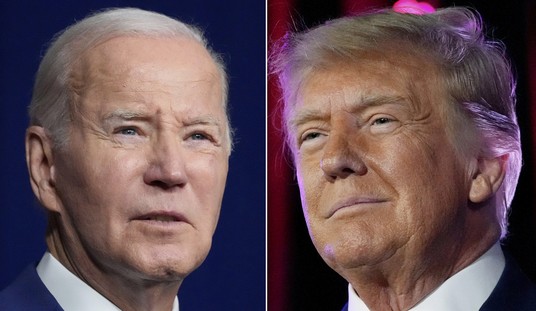At the White House press briefing today, Press Secretary Sarah Sanders — even after explicitly setting the stage that the briefing was going to generally cover the infrastructure plan and the budget outline, both of which had just been released by President Trump — was asked about almost literally nothing else for 30 minutes except when the White House knew about allegations of abuse against former staffer Rob Porter.
To be fair, there were two very brief questions (one on the budget, one on infrastructure) thrown in, but White House reporters really couldn’t have cared less; despite the fact that the infrastructure plan, for example, is reportedly set to spend roughly $1.5 trillion dollars (including $200 billion in federal funding).
Reporters, judging by what appeared to be a willing refusal to even acknowledge these new measures, preferred to stay focused on how quickly Rob Porter was fired.
That said, here’s a little information in the new infrastructure package, in the event spending becomes something people care about again.
Trump sent a missive to Congress Monday explaining his rationale for undertaking the expensive plan that seeks to leverage public-private partnerships to achieve four goals: generating $1.5 trillion toward infrastructure projects, facilitating an easier, shorter permitting process, a focus on investment in rural infrastructure projects, and workforce training.
Our Nation’s infrastructure is in an unacceptable state of disrepair, which damages our country’s competitiveness and our citizens’ quality of life. For too long, lawmakers have invested in infrastructure inefficiently, ignored critical needs, and allowed it to deteriorate. As a result, the United States has fallen further and further behind other countries. It is time to give Americans the working, modern infrastructure they deserve.
To help build a better future for all Americans, I ask the Congress to act soon on an infrastructure bill that will: stimulate at least $1.5 trillion in new investment over the next 10 years, shorten the process for approving projects to 2 years or less, address unmet rural infrastructure needs, empower State and local authorities, and train the American workforce of the future.
Trump referred to the proposal as a “roadmap” that he expects Congress to use as they develop infrastructure legislation which can include roads, bridges, and airports, but can be expanded to include “drinking and wastewater systems, waterways, water resources, energy, rural infrastructure, public lands, veterans’ hospitals, and Brownfield and Superfund sites.”
The full infrastructure roadmap and guiding principles can be found here.
At least $100 billion of the federal allocation will be used to develop an Incentives Program with the explicit goal of encouraging state and local governments — as well as private enterprise — to invest in infrastructure. Other uses of the federal spending include:
- $20 billion will be dedicated to the Transformative Projects Program (essentially a research and development project).
- $20 billion will be allocated to expanding infrastructure financing programs
- $50 billion of the $200 billion in direct Federal funding will be devoted to a new Rural Infrastructure Program to rebuild and modernize infrastructure in rural America.
There will also be an increased focus on returning the decision-making authority about what infrastructure projects should be undertaken back to State and local governments, as well as ustilizing pre-existing federal agencies with a hand in infrastructure — such as Veterans Affairs and Army Corp of Engineers — more flexibility with regard to infrastructure assets.
Perhaps the biggest change, if the president is successful in encouraging Congress to adopt his vision, will come with the permitting process. Trump laid out a framework that “establish[es] a ‘one agency, one decision’ structure for environmental reviews; shorten[s] the lengthy environmental review process to two years while still protecting the environment; eliminate[s] certain redundant and inefficient provisions in environmental laws; [and] creates two new pilot programs to test new ways to improve the environmental review process.”













Join the conversation as a VIP Member